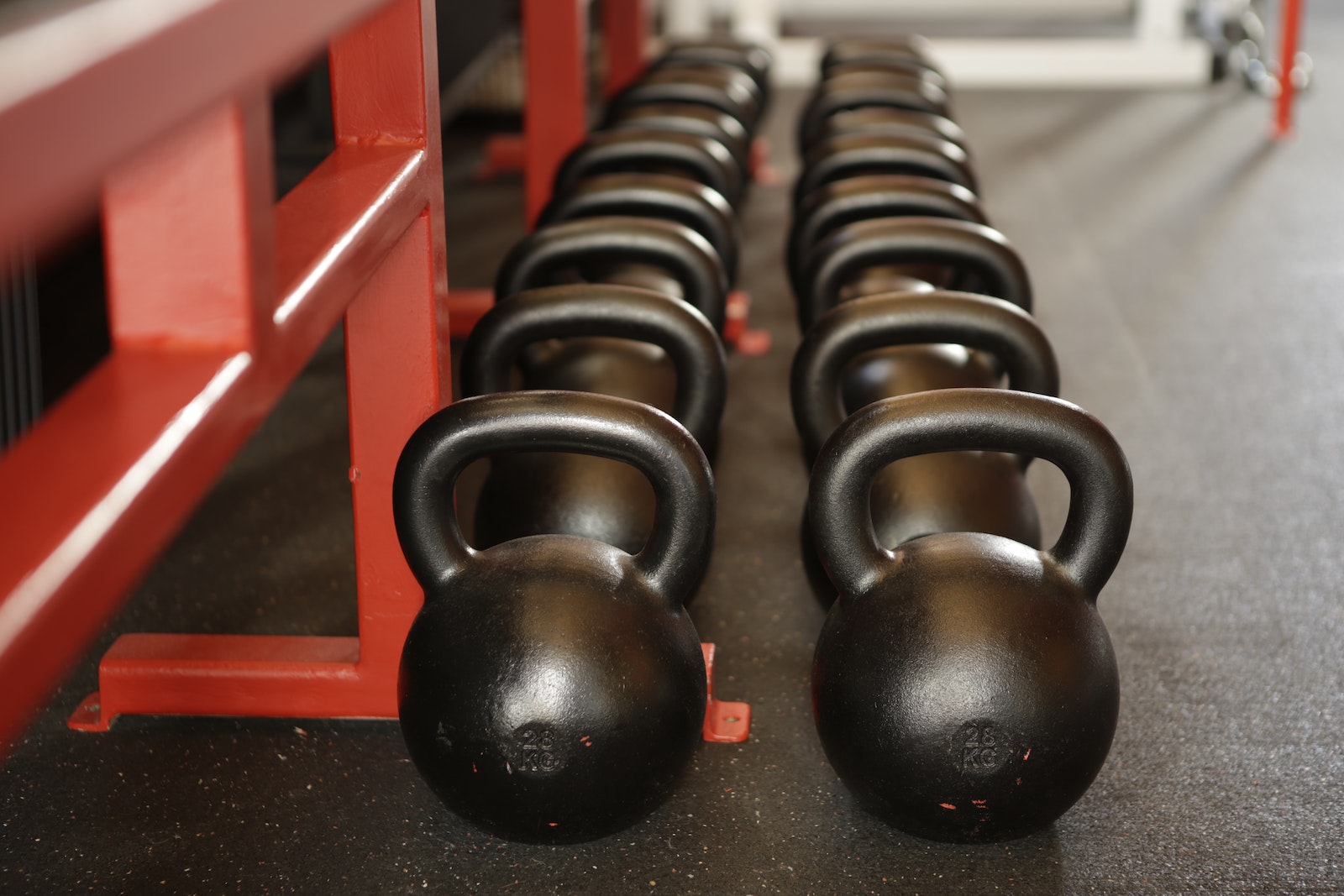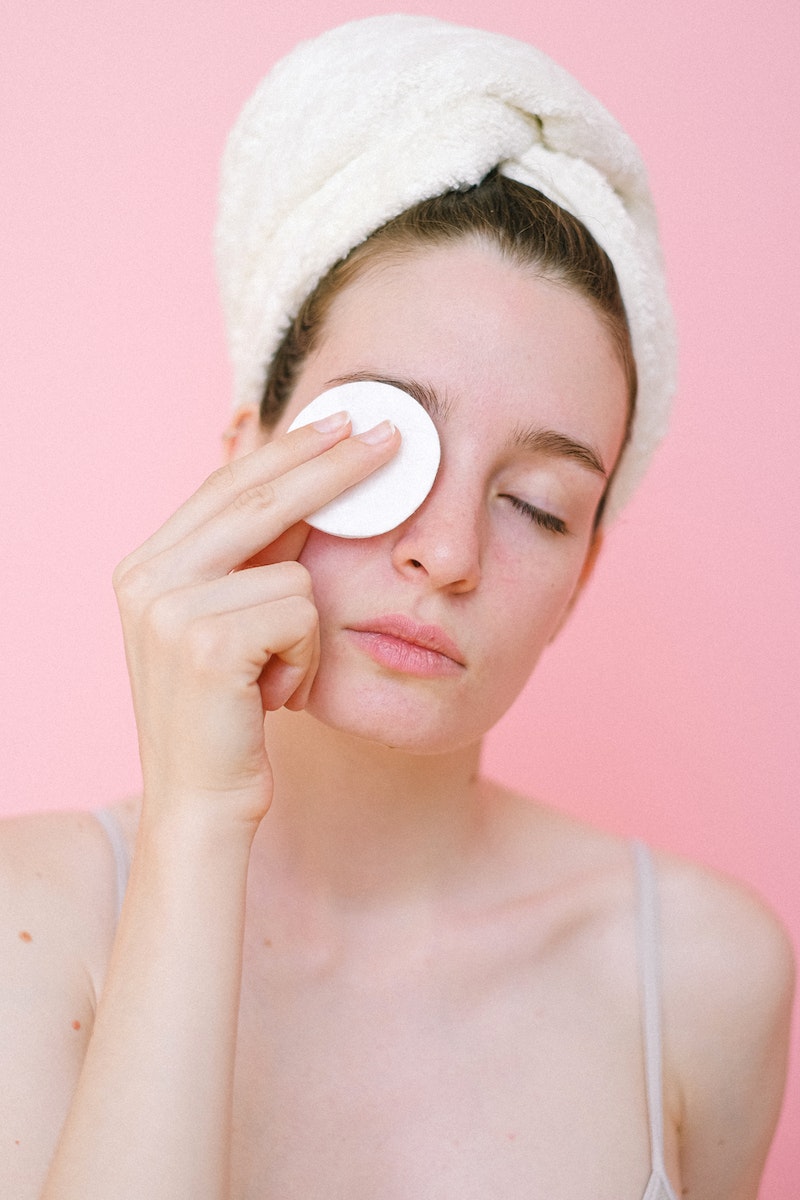Acupuncture has been practiced for thousands of years and has proven to be an effective method for managing pain and promoting overall well-being. Traditionally, acupuncture involves the insertion of fine needles into specific points on the body to stimulate energy flow and restore balance. However, advancements in technology have led to the development of acupuncture pens, offering a needle-free alternative that provides the same benefits and comfort. In this article, we will explore the concept of acupuncture pens and how they can revolutionize pain management.
Understanding Acupuncture Pens
Acupuncture pens, also known as electronic acupuncture pens or acu-pens, are handheld devices that utilize electrical stimulation to target acupuncture points. These pens are designed to mimic the effect of traditional acupuncture, using low-frequency pulses to stimulate the nerves and promote healing.
One of the key advantages of acupuncture pens is that they eliminate the use of needles, making the treatment process painless and comfortable. This aspect is particularly beneficial for individuals who may have a fear of needles or those with sensitive skin. Acupuncture pens offer a non-invasive way to experience the benefits of acupuncture without any discomfort.
Acupuncture pens work by delivering electrical impulses to specific points on the body. These points correspond to meridians, or energy channels, that are believed to be connected to different organs and bodily functions. By targeting these points, acupuncture pens stimulate the nervous system, promoting the release of endorphins and activating the body’s natural healing response.
The electrical impulses emitted by the acupuncture pen are adjustable, allowing for different intensity levels based on individual preferences and requirements. This flexibility ensures a personalized and tailored treatment experience for each user. Additionally, acupuncture pens often come with different attachment heads that cater to various acupuncture techniques and target specific areas of the body.
Benefits of Acupuncture Pens
-
Needle-Free Solution: As mentioned earlier, acupuncture pens provide a needle-free alternative to traditional acupuncture. This makes it an attractive option for individuals who may be hesitant to try acupuncture due to a fear of needles or discomfort associated with them.
-
Painless Treatment: Acupuncture pens utilize electrical stimulation, which is virtually painless. Unlike traditional acupuncture, where the insertion of needles may cause slight discomfort, acupuncture pens offer a gentle and soothing experience.
-
Convenient and Portable: Acupuncture pens are compact and portable, allowing users to carry them wherever they go. This convenience ensures that individuals can access pain relief and relaxation anytime, anywhere. Whether you’re at home, in the office, or traveling, acupuncture pens provide a convenient solution for pain management.
-
Versatile Application: Acupuncture pens can be used to target various conditions and pain points in the body. Whether it’s relieving tension headaches, managing chronic pain, or promoting relaxation, acupuncture pens offer a versatile solution. The different attachment heads allow for precise targeting of specific areas, making them suitable for different needs.
-
Cost-Effective: Regular visits to an acupuncturist can be expensive over time. Acupuncture pens provide a cost-effective alternative, allowing individuals to enjoy the benefits of acupuncture without the need for frequent appointments. With an acupuncture pen, you have the freedom to self-administer treatment whenever necessary, saving both time and money in the long run.
-
Safe and Non-Invasive: Acupuncture pens are safe to use when used as directed. They do not penetrate the skin or carry the risk of infections or other complications associated with needle-based acupuncture. This makes them a suitable option for individuals concerned about safety and hygiene.
How to Use an Acupuncture Pen
Using an acupuncture pen is relatively straightforward. Here are some general steps to follow:
-
Consult the User Manual: Each acupuncture pen may have specific instructions and guidelines. It is essential to read the user manual thoroughly before using the device to ensure proper usage. Familiarize yourself with the different intensity settings and attachment heads available.
-
Choose the Attachment Head: Depending on the area you want to target, select the appropriate attachment head. Some pens offer heads for broad areas, while others have more specific heads for precise targeting. Consider your specific needs and the area of the body you wish to treat.
-
Clean the Skin: Before using the acupuncture pen, make sure the area you intend to treat is clean and free from any lotions or oils. This ensures optimal contact between the pen and your skin, allowing for better stimulation.
-
Adjust the Intensity: Start with the lowest intensity setting and gradually increase it to a comfortable level. The intensity can be adjusted based on individual sensitivity and preference. It’s important to find a level that provides the desired effect without causing any discomfort.
-
Locate the Acupuncture Points: Refer to acupuncture charts or seek guidance from a healthcare professional to locate the specific acupuncture points you want to stimulate. These points may vary depending on the condition you’re targeting, so it’s essential to have accurate information.
-
Apply the Pen: Hold the acupuncture pen perpendicular to the skin and gently apply pressure to the desired acupuncture point. Move the pen in circular motions or small strokes for a few minutes on each point. The sensation should be gentle and soothing, providing a relaxing experience.
-
Repeat as Needed: Repeat the process on different acupuncture points as required. Each session typically lasts for 10 to 30 minutes, depending on individual needs. Regular use of the acupuncture pen can have cumulative benefits, so it’s important to incorporate it into your pain management routine.
Precautions and Considerations
While acupuncture pens are generally safe to use, it is essential to keep the following precautions in mind:
-
Consult a healthcare professional: If you have any underlying medical conditions or concerns, it is advisable to consult a healthcare professional before using an acupuncture pen. They can provide guidance specific to your situation and ensure that the treatment is suitable for you.
-
Avoid sensitive areas: Do not use the acupuncture pen on sensitive areas, open wounds, or broken skin. It’s important to prioritize safety and avoid any potential risks or discomfort.
-
Maintain hygiene: Clean the attachment heads and the pen itself regularly to prevent any potential contamination. Following proper hygiene practices ensures that you have a safe and hygienic treatment experience.
-
Use as directed: Always follow the instructions provided by the manufacturer to ensure safe and effective usage. Pay attention to any specific warnings or guidelines mentioned in the user manual.
Conclusion
Acupuncture pens offer a needle-free, painless, and convenient way to experience the benefits of acupuncture. These handheld devices provide electrical stimulation to target acupuncture points and promote pain relief, relaxation, and overall well-being. With their versatility, portability, and cost-effectiveness, acupuncture pens are becoming increasingly popular as a modern solution for pain management. Embrace the comfort of needle-free acupuncture and discover a new level of pain relief and relaxation with acupuncture pens. Incorporate them into your pain management routine and experience the transformative effects they can have on your well-being.
Acupuncture pens, also known as electronic acupuncture pens or acu-pens, are handheld devices that use electrical stimulation to target acupuncture points. They provide a needle-free alternative to traditional acupuncture, offering pain management and promoting healing.
- What are the benefits of using acupuncture pens?
- Needle-Free Solution: Acupuncture pens eliminate the use of needles, making it a comfortable option for individuals with a fear of needles.
- Painless Treatment: Acupuncture pens utilize electrical stimulation, which is virtually painless and soothing.
- Convenient and Portable: Acupuncture pens are compact and portable, allowing for pain relief and relaxation anytime, anywhere.
- Versatile Application: Acupuncture pens can target various conditions and pain points in the body, catering to different needs.
- Cost-Effective: Acupuncture pens provide a cost-effective alternative to frequent visits to an acupuncturist.
- Safe and Non-Invasive: Acupuncture pens are safe to use and do not carry the risk of infections or complications associated with needle-based acupuncture.
- How do I use an acupuncture pen?
Using an acupuncture pen is relatively straightforward. Here are the general steps to follow:
- Consult the user manual for specific instructions and guidelines.
- Choose the appropriate attachment head for the area you want to target.
- Clean the skin before using the pen to ensure optimal contact.
- Adjust the intensity to a comfortable level.
- Locate the acupuncture points you want to stimulate using charts or professional guidance.
- Apply the pen gently to the acupuncture points in circular motions or small strokes.
- Repeat the process on different points as needed, incorporating it into your pain management routine.
- What precautions should I take when using acupuncture pens?
- Consult a healthcare professional if you have underlying medical conditions or concerns.
- Avoid using the pen on sensitive areas, open wounds, or broken skin.
- Maintain hygiene by regularly cleaning the attachment heads and the pen itself.
- Follow the manufacturer’s instructions and guidelines for safe and effective usage.






